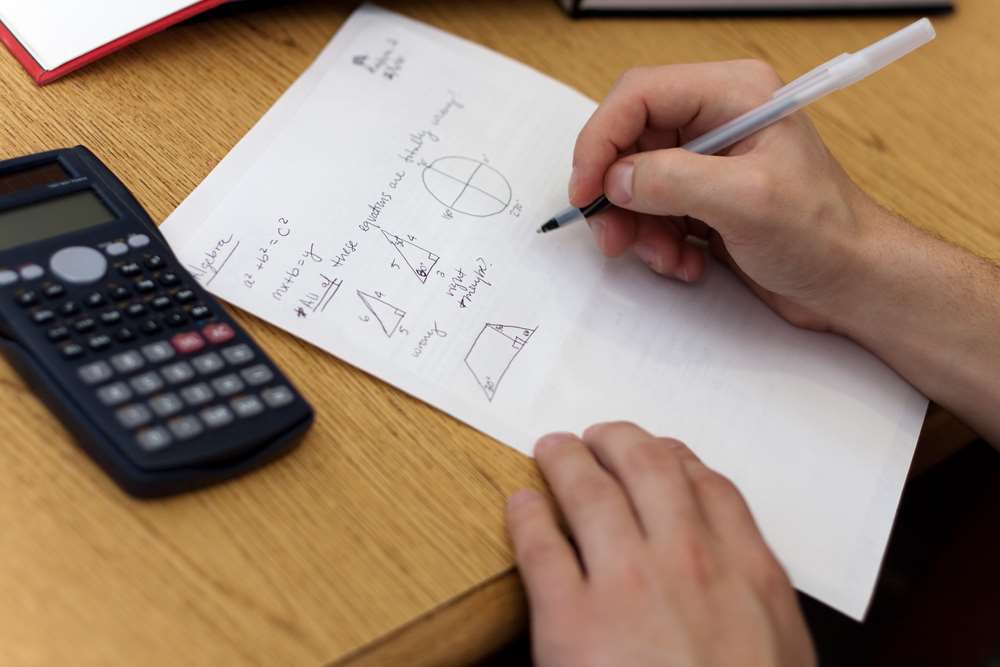How To
How To Find Partial Pressure?

Partial Pressure is a chemical term referring to the pressure given by each particle inside gas mixture against its surroundings. If you know the amount of gas present in the container, you can count partial pressure being exerted on the surface. You can find each force by each particle and add them to see the whole weight of the gas mixture. Or else you can also find the total weight and then divide it to get the pressure exerted by per particle.
Let’s explore these methods to know the way to find Partial Pressure.
The Properties Of Gas:
In chemistry, an ideal gas is that type of gas which interacts with other particles without reacting to their molecules. These noble gases can collide with each other and bounce off like billiard balls without being deformed in any way.
The pressure of ideal gas is inversely proportional to the space they are given into. If an area is small, then the force exerted by the gas-particle will be high and in the same manner, if space is ample, then the weight will be less. This property of Ideal gas is also known as the Boyle’s Law. The naming is done after the philosopher, Robert Boyle.
The temperature of an ideal gas is directly proportional to their volume as in, the temperature increases when the volume of the gas increases. In the same manner, the temperature decreases upon the decrease of Volume. This property of Gas is known as the Charle’s Law, After the French scientist Jacques Charles.
The pressure of the gas is given by the unit of Pascal (Pa) or atmosphere (atm) whereas the group of degrees Kelvin provides the temperature.
If you write Robert’s law in the mathematical term, it’ll be like this: k = P x V
Or you can say, k = PV where k represents the constant relationship, P represents pressure and V represents volume.
If you write Charle’s Law in the mathematical term, then it’ll be k = V / T where k is the constant relationship between the volume and temperature, V is the volume, and T is temperature.
If you write combining both of the law, it’ll be k = PV / T, which can also be written as PV = kT (The gas Equation).
If we try to understand the volume and mass of the gas, per particle their weight and amount will be so small to calculate. So to avoid confusions, the mass of gas is calculated by molecular mass and the volume by moles. Now, we can rewrite the gas equation by replacing the constant k with the product of n, the number of moles (mol), and a new constant R. The new equation will look like,
nR=PV/T or PV = nRT.
The units used to measure the gases’ pressures, volumes, and temperatures define the R in the equation.
To calculate Partial Pressure we also need to know the Dalton’s Law. If we write Dalton’s Law in equation form it will be Ptotal = P1 + P2 + P3 … as per the no. of particles. Chemist and physicist John Dalton developed this law. It states that the total pressure of a gas mixture is the sum of the pressures of each of the gases in the mixture. If we substitute each P by the gas law, then it’ll be, Ptotal =(nRT/V)1 + (nRT/V)2 + (nRT/V)3 … {*The Final Law}
As we discussed earlier, we can find each pressure by each particle and add them to see the whole weight of the gas mixture. Or else you can also find the total weight and then divide it to get the pressure exerted by per particle. You can input the values of each particle in the final law and then calculate the total weight.

-
Business4 days ago
Mike Bahun and Fundraising University Make a Lasting Impact on Sports Programs Nationwide
-
Top Stories4 days ago
After VW plant victory, UAW sets its sights on Mercedes in Alabama
-
Investing4 days ago
Forex Market Trends to Watch Out For in 2024
-
Top Stories4 days ago
Hedge fund borrowing hits five-year peak, Goldman Sachs says







